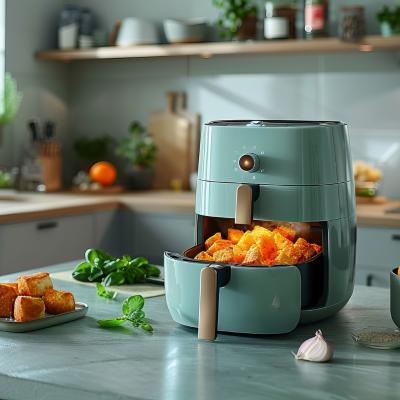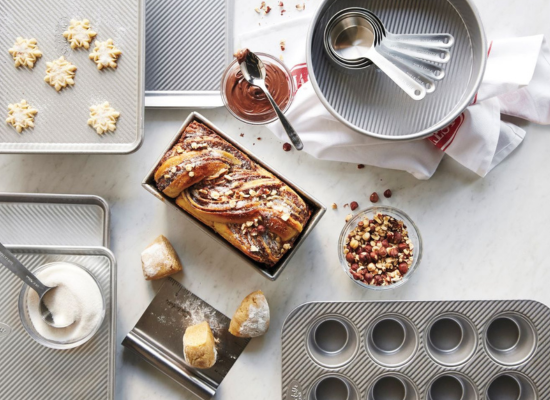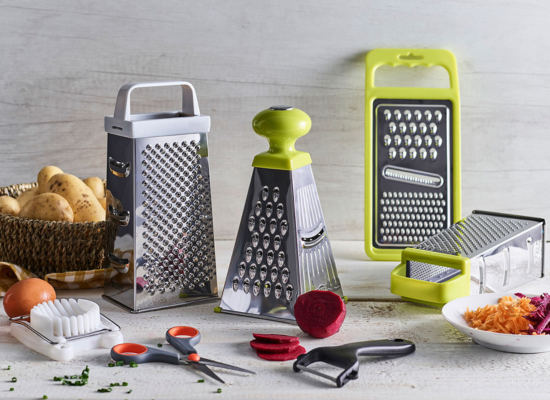
Purchasing beef in bulk is always a great option, and it is economical too. But the real struggle we face is what size chest freezer is perfect to store a ½, whole,¼, and ⅛ cow.
Ideally, you should have the following sizes:
¼ cow: 4 cubic feet
½ cow: 8 cubic feet
Whole cow: 16 cubic feet
⅛ cow: 3 cubic feet
But the cut and beef sizes vary from place to place, and that may be necessary for you to understand things in detail so that you choose precisely the right chest freezer without losing your sleep over it.
Further in this article, we will be discussing when to buy a chest freezer and how to keep it organized with some tricks to optimize the storage period of your beef.
What Size Chest Freezer for ½ Cow?
The general rule is that 1 cubic foot of freezer space must be adequate for around 28 pounds of cut and dressed cow meat. And generally, you get around 160 to 220 pounds of beef when you buy half beef. So a chest freezer that has space of at least 8 cubic feet would work.
For ¼ Cow, Which Is the Best Size Chest Freezer?
The weight of beef you get from a ¼ cow is 100 pounds after chopping away all the extra fat and bones. And if you got your beef grounded, it should weigh around 80 to 90 pounds. So going by the general rule, you need a chest freezer of 4 cubics ft. in size to store your ¼ cow.
What Size Would Be Perfect for a Whole Cow?
You can expect 320 to 440 pounds of freezer beef when buying a whole cow. And a chest freezer size that should best fit a whole cow is 16 cubic ft. in size.
However, it would be informative for you to understand that it is not a simple calculation for storing something more than beef. What if you want to store chickens along with beef.
In that case, you may need to recalculate your chest freezer size.
Suppose you plan to buy a ¼ cow every six months along with some chickens (15 to 20) after every three months. So you should extend the space of your chest freezer to somewhere 7 cubics ft. in size, which has around a 200-liter storage volume.
Note: it’s always a good idea to purchase a chest freezer with an extra 1-2 cubic feet of space if you plan on restocking.
LEARN MORE: At What Temperature Should a Chest Freezer Be
Ideal Sized Chest Freezer for ⅛ Cow
The amount you receive for ⅛ cows is approximately 60 to 65 pounds, and the chest freezer size of 2 cubic feet would work out the required space.
However, It is essential to understand that beef comes in different shapes and sizes, and the weight differs according to the cuts the cow meat has gone through. For example, bones add up the size and weight of the beef you want to keep in your chest freezer.
This may lead you to rethink your chest freezer size and add or cut a few cubic fits from the ideal range.
Hence, you must understand the sizes and cuts to reach your buying options precisely.
Impact of Beef Sizes and Beef Cuts on the Size of a Chest Freezer.
You can give the cow varied cuts that may be primal and subprimal cuts. The large chunk of cuts is called primal. These cuts are direct and could be further shortened into specific pieces known as sub-primal cuts.
These pieces and cuts have different names and packages. You may get shanks, Loins, Tenderloins, Briskets, Rounds, Ribs, Plates, Steaks, and Roasts.
Since primal cuts are heavy and storing them directly may require more space. So you need to adjust accordingly.
Way to Calculate Chest Freezer Size
You need to multiply the number of people you have in your family by 2.5 cubic feet. Say you have four people in your family; get 4 multiplied by 2.5. That is around 10 cubic feet in size. You can keep a variation of 1 to 2 cubic feet to adjust according to your needs and budget.
Overall, it would be great to buy yourself a 7 to 10 cubic foot freezer as it does justice to most family sizes. With this size, you can store 1/8 of beef, some chickens, 1/2 of lamb, and some seafood boxes.
LEARN MORE: How to Organize a Kitchen for Maximum Efficiency
Different Sizes of Chest Freezers Are Available in the Market.

You can get the chest freezers in three basic sizes:
The small one is 5 to 9 cubic feet in size. Another is a medium one with a size of 12 to 18 cubic feet. And finally, the large one with the size of more than 18 cubic feet.
When Should You Choose a Chest Freezer?
Ensure you get a chest freezer if you have enough space available in your home.
Or you may opt for it if you don’t mind some of the disorganizations here and there. Chest freezers are prone to get cluttered, and things may get chaotic.
A chest freezer will be a good option if you plan to keep only beef, pork, and chickens inside it. If you are considering storing your veggies and fruits, then go for an upright freezer.
A chest freezer can be the best choice if it keeps the beef or stuff for an extended period.
Tips to Organize Your Chest Freezer
Chest freezers are prone to disorganization, and decluttering is required more often. Also, packaged and sectioned beef would need less space. Learn to organize it through these steps:
- Place each cut in a separate bag, like a Tupperware case, Aluminium foil, plastic wrap, freezer paper, or vacuum seal.
- Organ meats like liver and innards should always be removed from the rest of the beef meat and kept in separate bags in your chest freezer.
- Section the organ meat further into different bags. One bag for the stomach and intestine, another for the heart and liver, and another for the tongue and brain.
- Separate boneless meat from the meat with bone still on. Place boneless meat above the bones to avoid pressure and deformation.
LEARN MORE: Kitchen Guide: Popover Pan Vs Muffin Pan
Conclusion
As you have a clear idea of what size chest freezer for ½ cow, here are some tricks to enhance your beef’s shelf life in your chest freezer. So it tastes great when you are about to prepare your beef.
- Don’t overstuff your chest freezer. Overloading may lead to poor cold air circulation and temperature fluctuations.
- You must keep your beef in clean and sterilized packages. Get your beef dried before storing it in the chest freezer. With this, you may enhance its freshness for up to 12 months.
- Uncooked steaks, roasts, and chops are kept for about 12 months. In contrast, the grounded meat can stay fresh for only up to 4 months (according to the US FDA).



